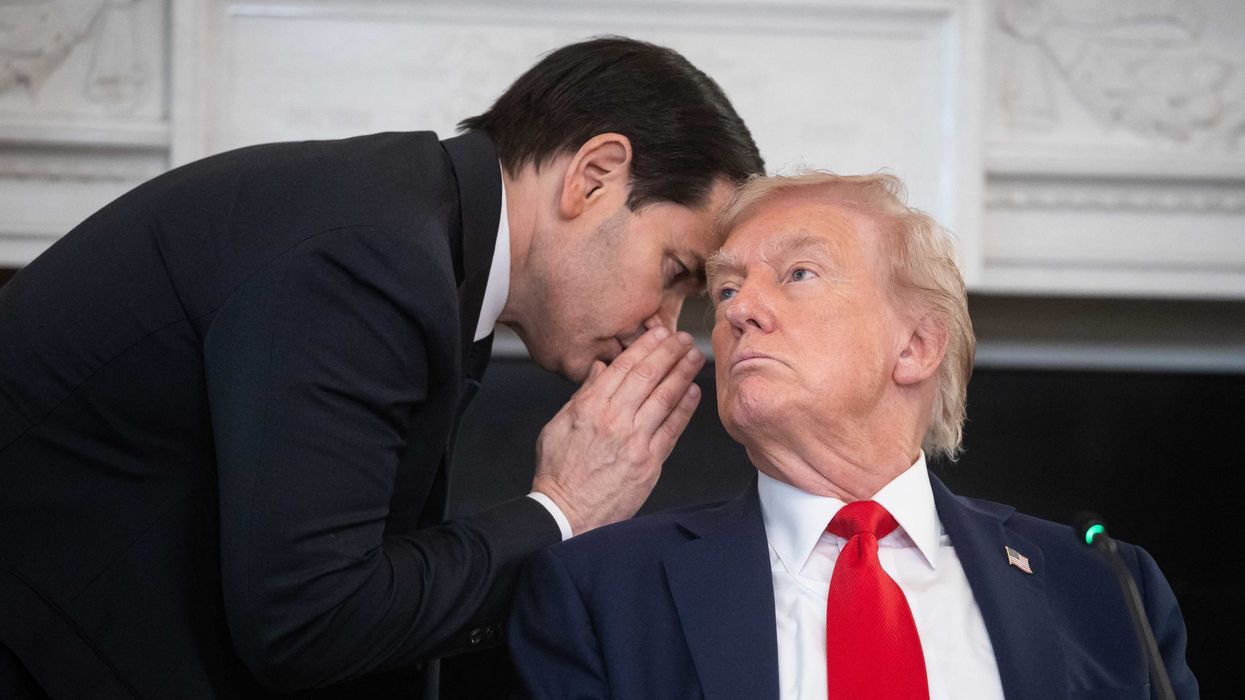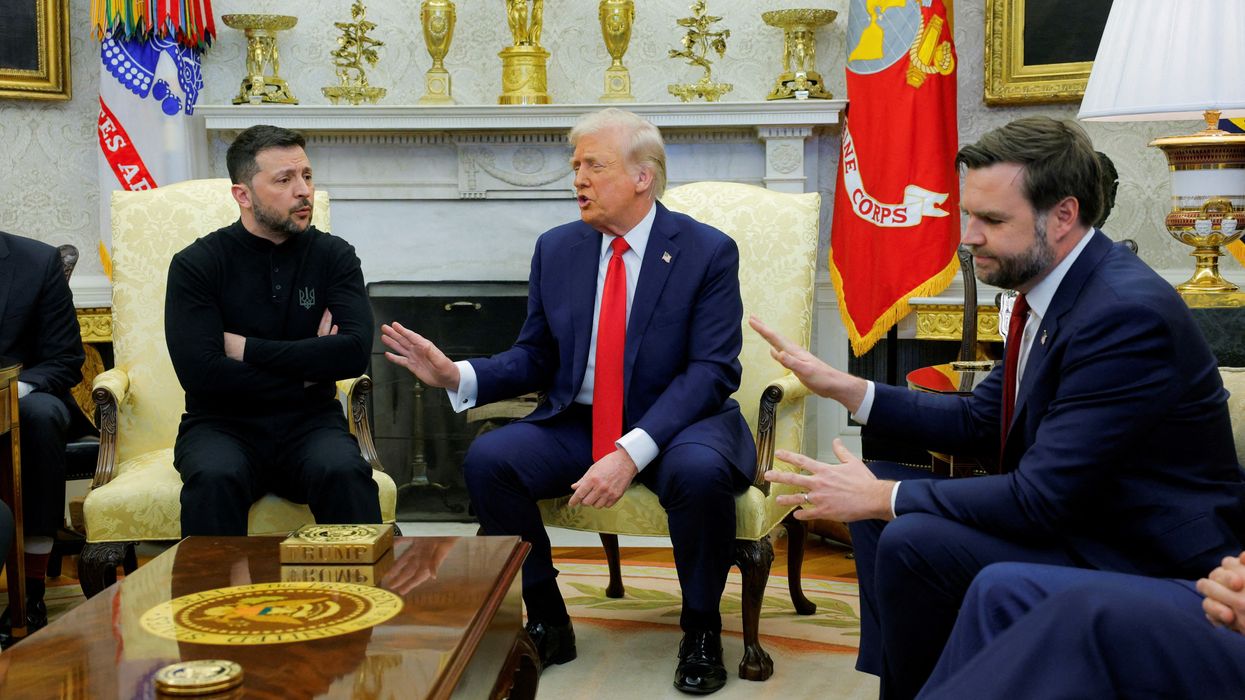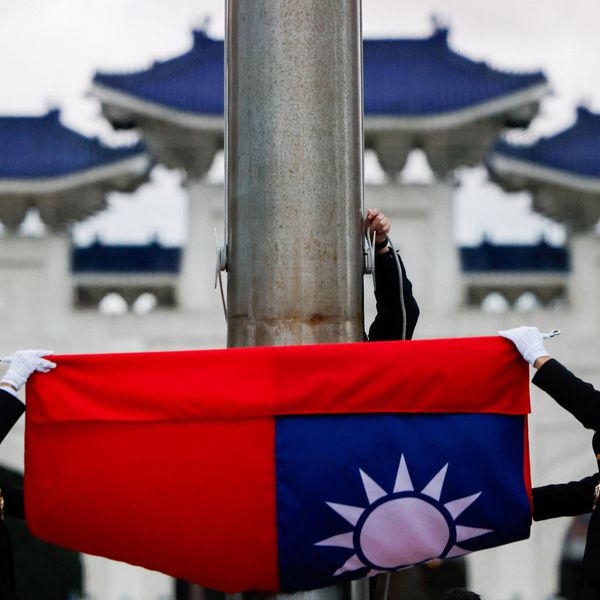My husband and I have taught our children that in every success and failure in life, you need to own your own part. No one fails or succeeds entirely without help, and it takes moral courage to own those parts of your mistakes and failures that are yours, and to recognize the part of your successes and victories that could not have happened without help from others.
And so it is with national successes and failures. Here I take up the regrettable task of highlighting that part of Russia’s war in Ukraine owned by the United States; a war we like to think of as starting on 24 February 2022; but which in fact began with the unexpected — by most analysts in the West — collapse of the USSR in 1991. Two arguments are crucial here.
First, while the George H.W. Bush administration managed the politics of the USSR’s collapse with grace and treated the Soviet Union’s successor states — in particular, Russia — with respect; its successors proved unable to resist the temptation to crow and strut over the USSR’s collapse, and in so doing, initiated a pattern of disrespect and of ignoring Russia’s security concerns that extended from NATO’s air campaign against Serbia in 1999, through Russia’s assault on Georgia in 2008, to its annexation of Crimea in 2014, to its invasion of Ukraine in February this year.
The collapse of the USSR, and with it the unprecedented access to evidence of its long descent from a pinnacle of superpower in the 1960s to a decaying shadow of its former greatness, led many in the United States to dismiss Russia as a corrupt dictatorship; albeit one with thermonuclear weapons. This sequential lack of U.S. social IQ has proven to be, in a word, stupid.
Second, 9/11 initiated a quick shift in key tenets of U.S. foreign and national security policy and in U.S. domestic politics to more government control by the ideological descendants of those who in 1945 advocated for the use of American military power to “roll back” the Red Army from Eastern Europe by force, and opposed George F. Kennan’s arguments for “containment.”
In foreign policy, the George W. Bush administration led the United States into the use of force first — a policy I’ve termed “kinetic diplomacy” — which privileges force over diplomacy. This led to a self-fulfilling prophecy problem: Islamic religious conservatives attacked the United States and its allies, which empowered domestic Christian religious conservatives, who then insisted on the overuse of U.S. military force abroad, which then stimulated more attacks — a pattern which continued across the Obama and Trump administrations. Whacking moles only made more moles to whack. But until the Biden administration had the courage to finally withdraw the United States from Afghanistan, no U.S. president wanted to risk being the one on whose watch a political failure made sparing the military hammer look like weakness.
The George W. Bush administration also accelerated the expansion of NATO against the initially private, subsequently public protestations of the Russian Federation. (The United States had been here before: recall that in the autumn of 1950, Mao’s Peoples Republic of China warned Truman that any further advance of U.S.-led coalition forces toward the Yalu River would result in China entering the Korean War. MacArthur insisted on “victory,” and China’s intervention in December of 1950 initiated the longest retreat in U.S. military history.)
The Bush administration then brought everlasting shame to the United States by authorizing the torture of its prisoners and incarcerating its enemies without trial. It, and its successors up until Biden, continued a war in Afghanistan that, with the exception of sexual assault, resulted in every single one of the “war crimes” of which Russia has been legitimately accused in Ukraine — albeit on a smaller scale, and unlike Russia, unintended war crimes.
So sadly, the United States owns a great deal of responsibility for the current war in Ukraine. It was our own policies, and Britain’s acquiescence, that facilitated the rise, and then supported the consolidation, of a corrupt crony plutocracy in Russia. It was our over-ambitious and ultimately unnecessary expansion of NATO that undermined opposition to Russian leader Vladimir Putin inside Russia and activated legitimate Russian security concerns. And it was our own examples of “collateral damage” in Afghanistan and Iraq that made Putin question why Russia was being held to a double standard in Syria, and now so tragically in Ukraine.
To be laser clear, however, Vladimir Putin and Russia own the lion’s share of responsibility for war: both the fact of war and for the intentional assault on noncombatants. The provocation may have been real, and the United States owns a part of that for sure, but it hardly follows that starting a war against another sovereign state is an appropriate response. Whatever the outcome in military terms, it certainly shows no sign of improving Russia’s national security.
When George Kennan was attempting to illuminate Stalin’s psychology and Russia’s strategic interests in his famous “Long Telegram” of 1948, he argued that U.S. and allied strategy should be guided by the answer to a central question: was the USSR primarily insecure or aggressive? If it was insecure, and we threatened it, we’d end up in World War III. If it was aggressive and we appeased it, we’d end up losing Europe, Japan, and the Philippines to Soviet aggression. In the event, as foreign policy, containment proved to be the ideal response: it worked equally well against an aggressive or an insecure Stalin.
As domestic policy, however, it demanded patience — for Americans, always an impatient nation, a very high cost to bear indeed. It also demanded that Americans suffer the knowledge that so many of the world’s peoples must be allowed to languish in Orwellian oppression — a thought only intolerable if you believe the United States and its allies possess the power to end that oppression, which they didn’t have then and don’t have now. The United States and its allies led with violence for 30 years, and that proved insufficient to spare Afghanistan’s women from Taliban oppression.
Finally, containment prevents World War III, true, but it also leaves proponents vulnerable to the perennial conservative “unfinished business” argument; the same argument the W. Bush administration used to invade, conquer, and occupy Iraq in 2003. It’s an argument we are likely to run into again once the fighting in Ukraine stops and unless we accept what we own in the run-up to Russia’s war in Ukraine.
















